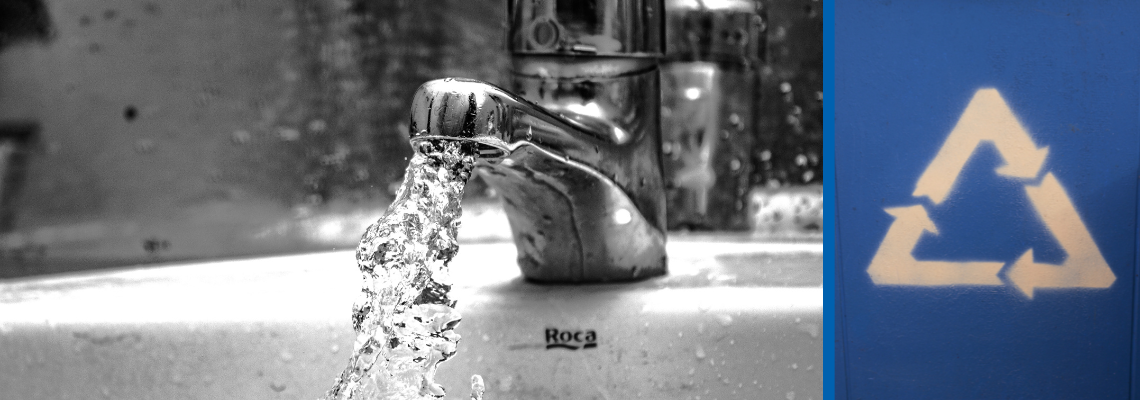Recycled water cleaner than traditional sources, finds new study
New research by Stanford University suggests that recycled wastewater can be less polluted and more dependable for potable use than traditional sources of drinking water.
Potable reuse vs conventional water sources
New research from Stanford University has found that that recycled wastewater can be cleaner and more dependable for potable use than traditional sources of drinking water, such as rivers and groundwater.
Published in Nature Sustainability, the paper titled ‘Toxicological assessment of potable reuse and conventional drinking waters’ compares water samples from potable reuse systems with conventional drinking waters.
The team concluded that potable reuse waters treated by reverse osmosis (RO) are not more cytotoxic than groundwaters. Even in the absence of RO, the paper adds, reuse waters are less cytotoxic than surface drinking waters.
Myth busting
To identify the toxicity of different sources of tap water, researchers applied water from various sources to hamster ovary cells, as they act similarly to human cells.
We were surprised that in some cases the quality of the reuse water was comparable to groundwater.
The engineers discovered the compounds regulated by the Environmental Protection Agency accounted for less than one per cent of the harm to the ovary cells.
Report author William Mitch, professor of civil and environment engineering, said his team plans to further investigate whether other side effects from disinfecting water could be causing toxicity.
“We expected that potable reuse waters would be cleaner, in some cases, than conventional drinking water due to the fact that much more extensive treatment is conducted for them,” he said.
Mitch said that the team was surprised that the quality of the reused water, particularly from RO, was comparable to groundwater – traditionally considered the highest quality water.
According to the university, when it comes to contamination the “culprits may be associated with disinfection”.
“No matter where your tap water comes from, it will carry residual disinfectant to prevent pathogens growing in the pipes. Disinfectants like chlorine react with chemicals in the water and convert them to something else, and that may be what’s killing the hamster cells,” Stanford said.
Changing perceptions
The latest research from Stanford University could help to overcome one of the biggest challenges remaining on direct potable reuse: public perception.
The perception around using recycled potable water is indeed changing. In the US, The Orange County Water District operates one of the world’s largest water recycling plants since the 1970s.
Small breweries have caught on to the idea of using recycled water, deciding instead to brew beer with it. Meanwhile, Los Angeles has set down plans to recycle all of its water by 2035.
Read more information about the Stanford University study.
We promise never to send you spam and you can unsubscribe at any time!
